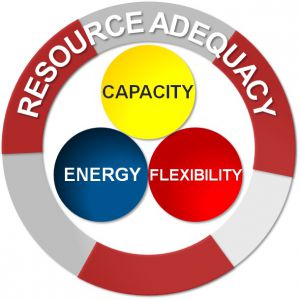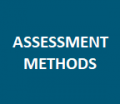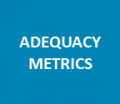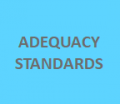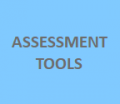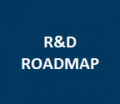Difference between revisions of "Adequacy"
EPRI ADMIN (talk | contribs) |
EPRI ADMIN (talk | contribs) |
||
| Line 9: | Line 9: | ||
The purpose of this site is to bring together information to help those trying to assess adequacy in this context. It draws on a wide range of work that EPRI and the industry has conducted in response to the challenge of the emerging grid. We welcome your feedback on how to make this increasingly useful to support you and your decisions. | The purpose of this site is to bring together information to help those trying to assess adequacy in this context. It draws on a wide range of work that EPRI and the industry has conducted in response to the challenge of the emerging grid. We welcome your feedback on how to make this increasingly useful to support you and your decisions. | ||
| − | == How is adequacy measured? == | + | === How is adequacy measured? === |
Estimating RA is a critical step in ensuring a reliable power system. As part of a recent RA research effort, EPRI counted over 33 different RA metrics, with varying scopes and complexities in the way they are calculated and the insights they provide. | Estimating RA is a critical step in ensuring a reliable power system. As part of a recent RA research effort, EPRI counted over 33 different RA metrics, with varying scopes and complexities in the way they are calculated and the insights they provide. | ||
At the simplest level, a planning reserve margin, (the amount by which available supply exceeds projected annual peak load less demand side resources), can be used to screen for adequacy. A nominal target value is about 15%, but adequacy of a system at any reserve level is dependent on the size and composition of its resources, its ties with neighboring systems, and the characteristics of its load. | At the simplest level, a planning reserve margin, (the amount by which available supply exceeds projected annual peak load less demand side resources), can be used to screen for adequacy. A nominal target value is about 15%, but adequacy of a system at any reserve level is dependent on the size and composition of its resources, its ties with neighboring systems, and the characteristics of its load. | ||
Revision as of 12:57, 28 October 2020
What is Resource Adequacy?
Resource adequacy (RA) is an assessment of whether the current or projected resource mix is sufficient to meet capacity and energy needs for a particular grid. The resource mix refers to the mix of supply-side generation, such as solar or nuclear paired with energy storage, and demand-side flexibility, such as demand response and energy efficiency. RA assessments are used to identify potential shortfalls in the availability of resources across different time frames, from long-term planning (5 to 20+ years) to seasonal and day-ahead assessments. As the RA look-ahead time approaches real-time operations, options to address identified shortfalls become fewer and more expensive.
Reliability is considered to have two main components, one of which is adequacy. Security, also referred to as deliverability, is the other component of reliability that ensures the network facilitates power flow and maintains stability after disturbances.
The purpose of this site is to bring together information to help those trying to assess adequacy in this context. It draws on a wide range of work that EPRI and the industry has conducted in response to the challenge of the emerging grid. We welcome your feedback on how to make this increasingly useful to support you and your decisions.
How is adequacy measured?
Estimating RA is a critical step in ensuring a reliable power system. As part of a recent RA research effort, EPRI counted over 33 different RA metrics, with varying scopes and complexities in the way they are calculated and the insights they provide. At the simplest level, a planning reserve margin, (the amount by which available supply exceeds projected annual peak load less demand side resources), can be used to screen for adequacy. A nominal target value is about 15%, but adequacy of a system at any reserve level is dependent on the size and composition of its resources, its ties with neighboring systems, and the characteristics of its load. A range of more-complex, probabilistic metrics and methods customize this value and provide critical insights into the likelihood having sufficient resources to meet demand under projected conditions. RA metrics have been used since the 1940’s, with much debate as to what should be considered “adequate.” By 1957, a criterion of limiting loss of load expectation to less than “one day in ten years” became popular. Other common measures for resource adequacy include loss of load hours (LOLH), loss of load expectation (LOLE) and expected unserved energy (EUE) (see further reading). As an example, LOLH is often limited to 2.4 hours per year, a probabilistic interpretation of “one day in ten years.” Note that the interpretation and calculation for “one day in ten years” is often a source of confusion, with different interpretations whether calculated as one event, one hour, one day, etc. These metrics are calculated by considering a range of factors that determine the likelihood of resources not being available to meet demand and of the projected demand levels. Various methods have been developed to determine these metrics for any given power system, ranging from relatively simple models to detailed simulations.
Resource Center Layout
This resource center focuses on basic RA concepts, methods and metrics and more application focused topics such as study tool choices and methods to assess the impact of certain technology classes. Each of the links below brings you to a dedicated section to each issue facing practitioners when conducting adequacy studies.
